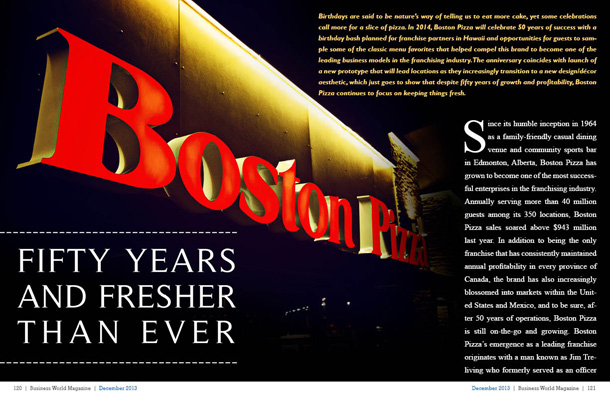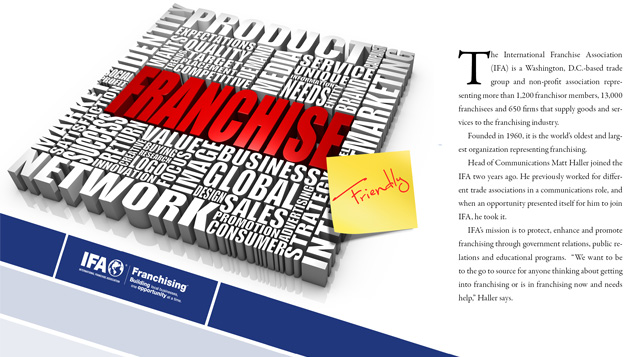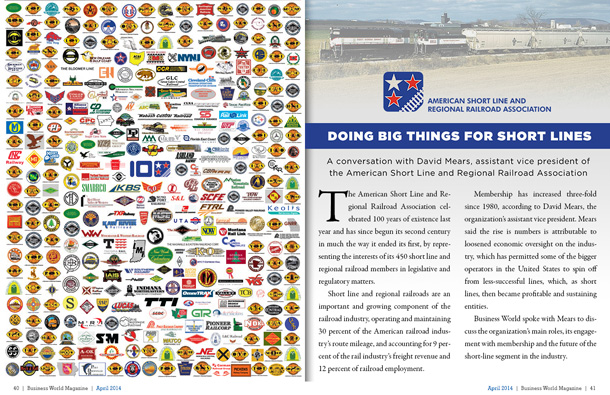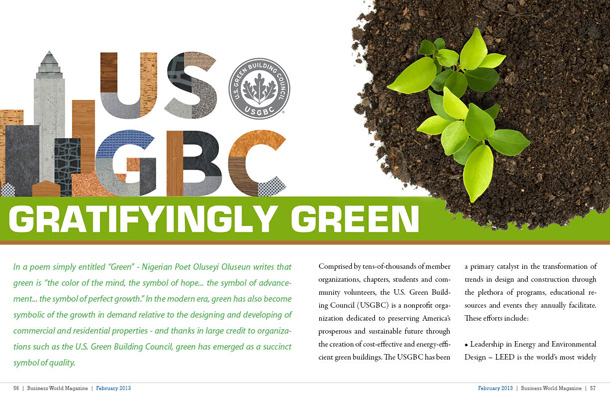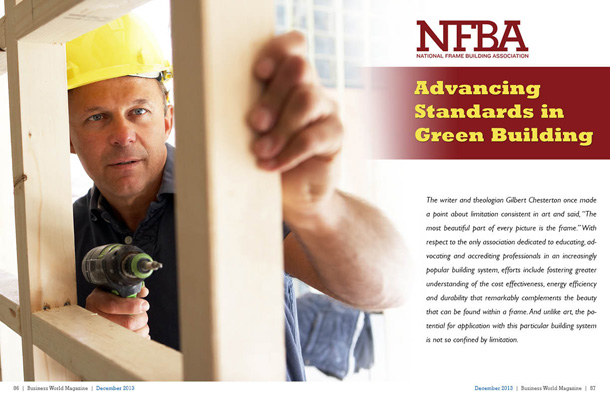
A Highly Functional Frame of Mind
The writer and theologian Gilbert Chesterton once made a point about limitation consistent in art and said, “The most beautiful part of every picture is the frame.†With respect to the only association dedicated to educating, advocating and accrediting professionals in an increasingly popular building system, efforts include fostering greater understanding of the cost effectiveness, energy efficiency and durability that remarkably complements the beauty that can be found within a frame. And unlike art, the potential for application with this particular building system is not so confined by limitation.
The post-frame building method has long been utilized in the agriculture sector as evidenced by a vast range of infrastructure designed to support livestock and farming operations. Yet, over time, this same building methodology has been found beneficial in a range of residential, commercial and municipal infrastructure projects, thanks in large part to the work of the National Frame Building Association. For almost 45 years, the NFBA has tirelessly worked to increase awareness of the advantages inherent in post-frame building; helping others to understand how these techniques can fundamentally serve in industries beyond the agriculture sector.
As an engineered wood-frame building system that meets both UBC and IBC standards, post-frame construction deploys large, solid sawn posts or laminated columns instead of wood studs, steel framing, or concrete masonry. The resulting structure helps transfer loads to the ground or can be surface-mounted to a concrete pier or masonry foundation, and utilize plastic barrier systems to augment protection of wood and concrete posts or piers. Post-frame structures can be more quickly erected than other building models, and because the larger posts and interlocking frame system can handle heavier loads than conventional stud-wall construction, less structural materials are needed. This results in significant savings in time and costs. What’s more, because posts are typically spaced further apart than that allowed by studs, post-frame structures accommodate a large wall cavity that provides space for greater insulation, a nuance that effectively lowers heating and/or cooling costs over the lifecycle of the structure. This building system also allows for the installation of almost any type of exterior façade to further impart quality or aesthetic allure. The combining of all these advantages have contributed to the post-frame system’s increasing recognition as a construction method of choice today in commercial, industrial, municipal, residential, religious, as well as agricultural applications.
Frame of Reference
The emergence of post-frame as a construction method of choice may never have occurred without the support of the NFBA. As President Jeff Henry explains, in the late 1960s and early 1970s, contractors who specialized in this building system often found themselves at odds with building code officials. As it was, codes had not advanced to recognize this as a viable system, despite the fact that it had been used in agriculture infrastructure for years. Structures in the agriculture market are exempt from the degree of regulatory scrutiny that occurs within commercial, residential and industrial development, so code official in many jurisdictions were simply unaccustomed to this methodology in projects they typically reviewed. In 1971, Henry explains that several contractors banded together in a mission to create awareness and acceptance of post-frame building. Since that era which led to its incorporation as a non-profit trade association, the NFBA has grown to be comprised by more than 800 member companies and is the only non-profit trade association that promotes the interests of the post-frame construction industry and its member professionals throughout the United States.
NFBA members are not only post-frame builders, but also suppliers, manufacturers, building material dealers, code and design professionals, and structural engineers. To support its members and stimulate growth of the post-frame industry, the NFBA has established a range of industry tools and code resources, education programs, access to technical and legal experts, networking opportunities, marketing and communication initiatives, and the industry’s only system of certification that helps distinguish the best practices and best professionals within the trade. Members additionally benefit by having their company description and contact information profiled the NFBA’s website which features a customized search engine for finding builders, suppliers and designers. NFBA member annually gather at for the Frame Building Expo, an event that not only offers an opportunity to network, but also to gain hands-on education during workshops that run the spectrum of industry specific and general business practices, including estimation, marketing, sales and tradecraft. Top builders in the industry are also honored during this event. “The Builder of the Year program helps showcase marquee projects across all building sectors … it provides recognition for the industry and the individual contractor who can ultimately leverage the honors it earns within their own respective marketing efforts,†explains Henry.
Advancing Acceptance
Despite some lingering resistance in communities where code officials remain unfamiliar with the engineering and structural designs of these systems, post-frame has become a standard form of delivery in many industry sectors and Henry says the challenges have been substantially mitigated from what they were 30 years ago. He also says that post-frame sales have expanded more than 30 percent over figures reported last year. That growth can be attributed in part to increasing awareness of the advantages which speak to structure integrity and durability. Henry says that Underwriters Laboratories recently approved a post-frame system in the creation of a firewall that withstood impact from a fire for three hours, a longer duration than any other process of wood construction. “Imagine the opportunity to build a UL-approved firewall with wood and gypsum board that maintains integrity for three hours. Walls are typically made of brick or block, but there’s a significant cost advantage to frame that wall with wood and gypsum board,†notes Henry. Since that demonstration, the NFBA has fielded increasing calls from architects inquiring how to deploy that methodology within their project designs.
Increasing focus on sustainability and energy efficiency also bodes well for the advancement of post-frame building. As NAFB Director of Market Development John Ryan explains, the metal panels and other materials used in post-frame construction have secured Energy Star certification and would contribute positive points to projects striving for LEED or Energy Star rating. “Whether it is metal roofing or metal siding, these are products that can last a lifetime and score high points for their recyclability and sustainability,†says Ryan.
The NAFB is currently undertaking research culminating in an analysis of thermal performance of structures. Henry says because of the wall and roofing assembly deployed in post-frame, there are fewer thermal breaks than that used in others systems. Through hot box testing and modifications in assembly designs, he says professionals are striving to deliver even more efficient wall and roofing assembly solutions. “We think it is critical to keep with green and sustainability trends,†says Henry.
The collective attributes in post-frame has enabled this class of builders to widely withstand impacts that confronted other building professionals during the economic downturn. As Henry says, “Part of that is due to the fact that the ag sector wasn’t hit as hard as the residential sector. But as construction dollars are being freed and people continue to be cost conscious, we believe that our members can capitalize on increasing awareness that post-frame is a highly-engineered, building solution that is durable, efficient and saves time and money.â€
Industry analysts forecast that demand for post-frame solutions will grow by some 40% over the next five years, but as Henry says, “Given the positive impact that post-frame builders are making throughout a range of industries, we anticipate experiencing growth well over that forecast.â€
To learn more about programs and events sponsored by the NFBA or how to become an Accredited Post-Frame Builder, visit the NFBA website at www.nfba.org.


